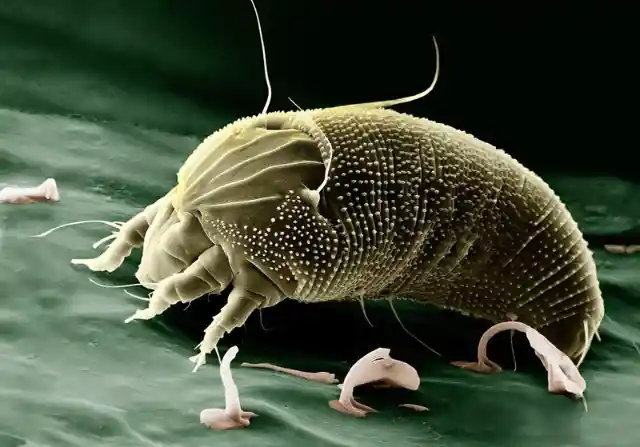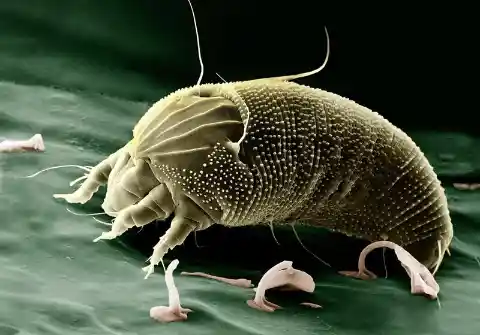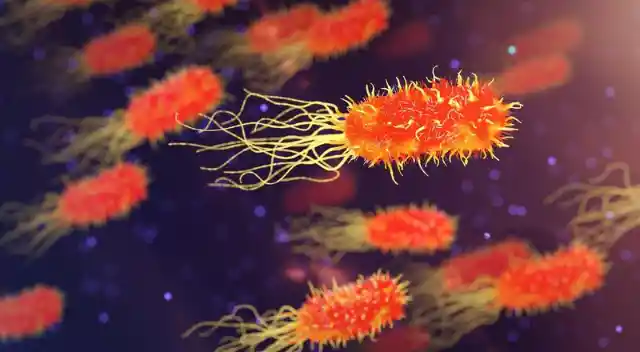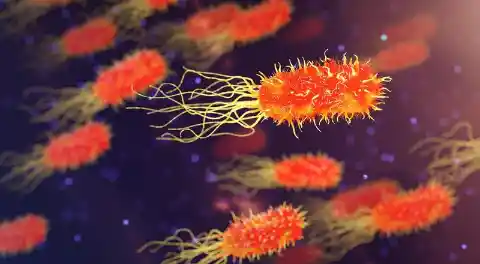We don’t know if you have noticed, but humanity appears to have had a negative impact on the world that we all live within. As most of us begin to come to terms with the damage done to our beloved planet, we also come to understand something else quite important – that our very survival might not be in our own hands. Indeed, some microscopic creatures could hold the key to our success and survival.


Tardigrades
Known as water bears to some, tardigrades are tiny, eight-legged microscopic organisms that live on the International Space Station. They are hardy and are capable of living in extreme heat and cold conditions. They also have great resistance to needing essential things like water.
Crucially, they are resistant to issues like radiation and can even survive in the vacuum of space far longer than humans. These tardigrades were first sent into space to see how they would be impacted. They also wanted to see if tardigrades growing up on the ISS would change their DNA composition to adapt.


Since they were known as highly adaptable creatures, to begin with, they were the ideal species to try this out with. The results were very promising, as the species has used numerous tricks to try and survive.
They appeared to use a wide range of different skills and techniques to try and survive overall. This could include using color pigments that protect them from UV damage. Instead, the UV rays were turned into blue light which was harmless to them. The research teams also noted that the tardigrades were using masses of antioxidants to protect themselves from harm.
The tardigrades are now settled on the ISS, and they will become part of the Bioculture System here. If we can learn from their ability to adapt and change, we might be able to use similar adjustments to help humanity survive.
We have created some serious headaches for generations present and future. With the help of tiny organisms like this, though, we could potentially adapt or survive to overcome these environmental challenges long-term.